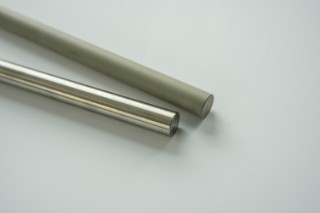
FUNCTIONALIZABLE METAL SURFACES THROUGH PLASMA ELECTROLYTIC OXIDATION (PEO) | Plasma electrolytic oxidation (PEO), also known as micro arc oxidation (MAO), is a wet chemical process that enables the production of highly functionalizable oxide layers on metals whose oxides do not have electrical conductivity, such as aluminum, magnesium, or titanium. These coatings are hard, wear-resistant, heat-resistant, and porous, making them ideal for use in aerospace, medical technology, and other high-performance industries.
more info Fraunhofer Institute for Manufacturing Technology and Advanced Materials IFAM
Fraunhofer Institute for Manufacturing Technology and Advanced Materials IFAM






